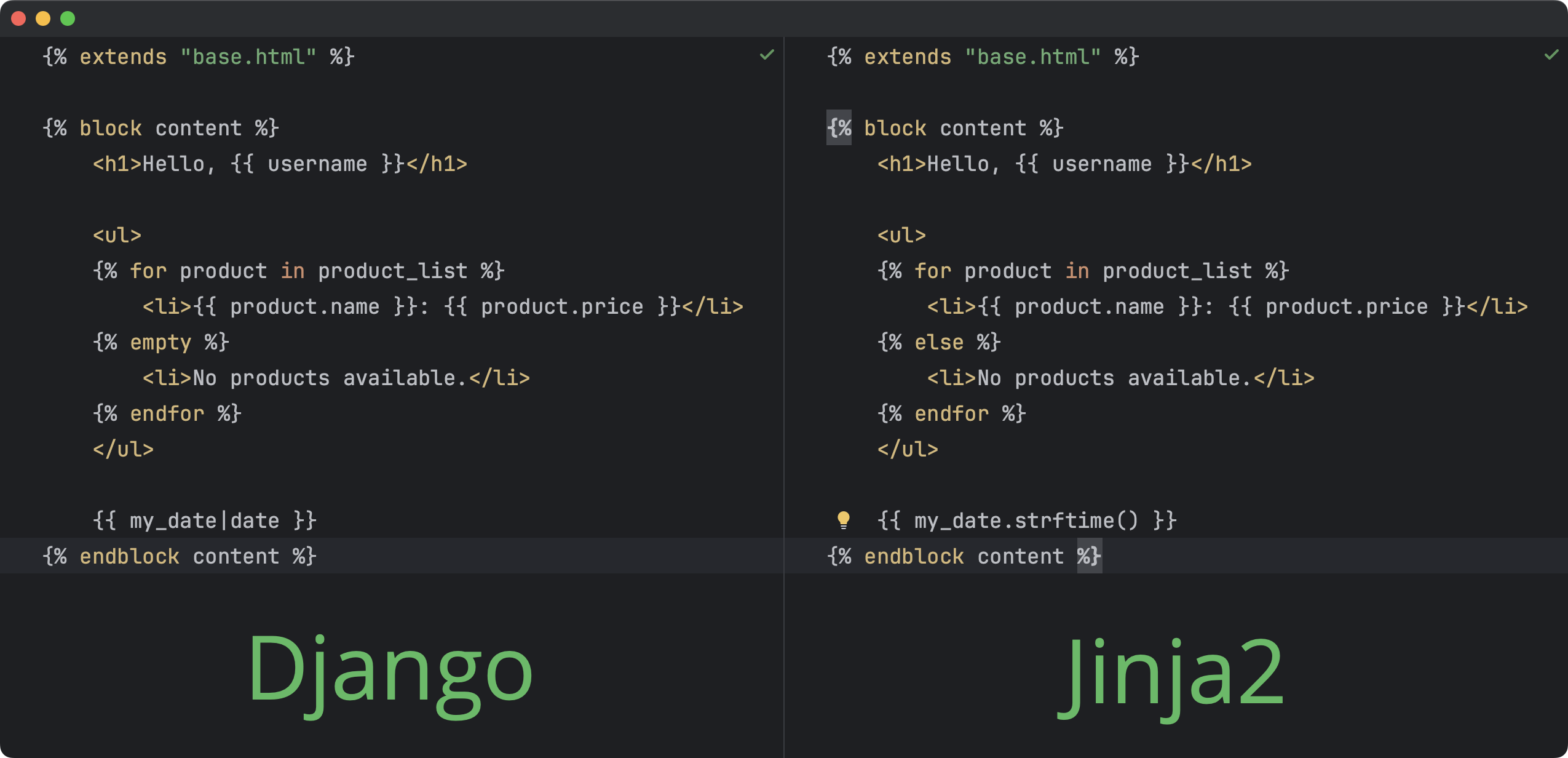



























尊敬的华山云商用户:
您好!感谢您对华山云商的支持。
因春节假期及近期国内多个地区疫情形势严峻,各地政府分别出具了关于交通运输及物流行业限制,部分地区、订单暂停发货,春节假期临近商家物流逐步停运,如项目在春节期间有紧急需用物资,需要合理安排采购计划,提前采购。华山云商会一直协助您的工作,但由于疫情防控原因,各方供应均会有所影响,如给您带来不便,敬请谅解。有任何疑问,请联系在线客服,我们第一时间协助您处理!感谢理解!
最终解释权归华山云商所有
Even if you are new to web development, you probably already know that there are two main web frameworks in the Python world: Django and Flask. According to the Python Developers Survey 2022 conducted by JetBrains, 39% of developers reported using either or both.
Whether you are a beginner thinking of what to learn to get your first job in web development, a developer looking for a framework to build a web application on, or a team lead considering various technologies for an upcoming project, this article should help you make the right choice.
Before diving deep, let’s take a look at the basic principles and “philosophies” of Django and Flask:
Now that we’ve covered the essentials, let’s compare Flask vs Django by looking at the various aspects and challenges of using each framework for web development.
If we only had to work with static HTML pages, that would be very easy, but most of today’s web applications include dynamic content. This is why we need a templating system.
Django has a built-in template engine, while Flask is fully compatible with Jinja2 templates.
Jinja2 was influenced by the Django template language. That’s why their syntax looks pretty similar. For example, both use double curly braces ({{ }}) for variables and curly braces with percent signs ({% %}) for logical elements, like loops and conditional statements.
At the same time, there are significant differences. Let’s look at these in more detail.
Django templates are tightly integrated with the Django framework. Some of their features, like template inheritance and template tags, are Django-specific.
Jinja2 is an independent template engine, compatible with various frameworks, including Django and Flask. That’s right: Although Django templates are the default choice for Django apps, you can use Jinja2 with Django, too! However, only 14% of Django developers do so, according to the Django Developers Survey 2022:
Templating system: Django templates vs Jinja2 templates

Compatibility
